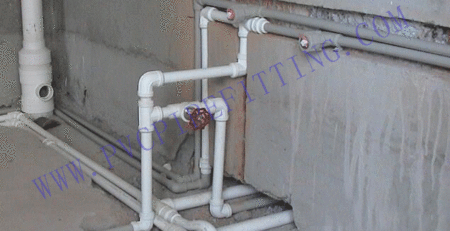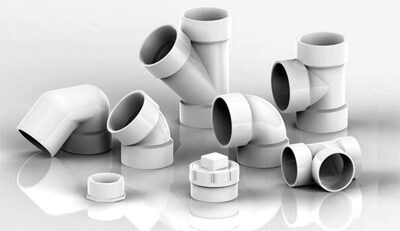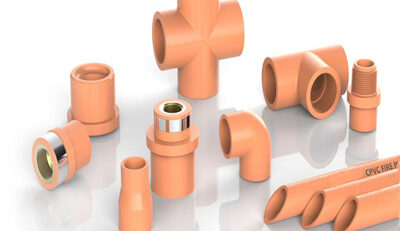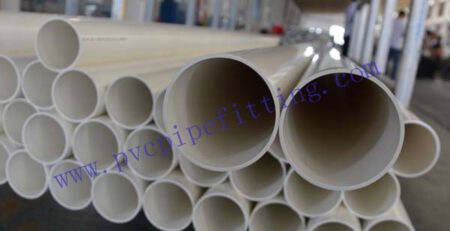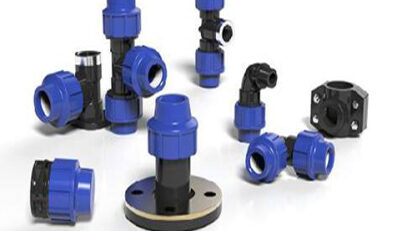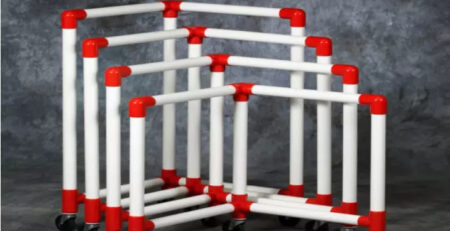PPR water pipe valve installation
1. Before installing the ppr valve, carefully check whether the model and specifications of the ppr valve used are consistent with the design.
2. According to the model of the ppr valve and the factory manual, check whether the valve can be used under the required conditions.
3. Pipe cutting. The pipe is cut by a special pipe. The bayonet of the pipe scissors should be adjusted to match the pipe diameter to be cut, and the pipe should be rotated and cut with even force. When the pipe is broken, the section should be perpendicular to the pipe axis.
4. Pipe connection. It is the most reliable way to connect PPR water pipes and pipe fittings by hot-melt, with good air tightness, convenient operation, and high interface strength. Before connecting, remove foreign objects on the pipe and accessories. The melting time and depth of pipes and fittings should meet the requirements. Do not rotate during thermal welding. When connecting the pipe fittings with wire, the raw material tape should be wrapped to ensure the seal.
5. The pipeline is fixed. In order to ensure that there is no resonance due to water pressure, all water pipes must be fixed with pipe clamps. For pipes with a distance between pipe clamps of 40 to 50 cm and an outer diameter of less than 25 mm, pipe clamps shall be installed at the corners and water meters and 10 cm at the end of the pipe. If it is a water pipe running a trough, the thickness of the mortar landfill is greater than 10 cm.
Precautions for PPR valve installation
1. The bolts on the flange and the bracket are indispensable, the threads should be intact and no looseness is allowed.
2. If the fastening nut on the handwheel is loose, tighten it in time to avoid losing the handwheel and nameplate or wearing the connection. If the handwheel is lost, don’t replace it with an adjustable wrench, it should be equipped in time.
3. The ruler on the valve should be accurate, complete, and clear.
4. There should be no dents or cracks in the insulation jacket. 5. The valve caps, lead seals, pneumatic accessories, etc. should be complete and intact.
6. For valves in an environment that are easily contaminated by dust, rain, snow, sand, and other dirt, the valve stem should be equipped with a protective cover.
7. The packing gland is best not to be skewed or without a pre-tightening gap.
8. Do not stand on, beat or support heavy objects on the valve in operation, especially non-metal valves, and cast iron valves.
we are ppr pipe and fitting manufacturer,ppr valve manufacturer,We have advanced technical equipment, good product quality and long service life

